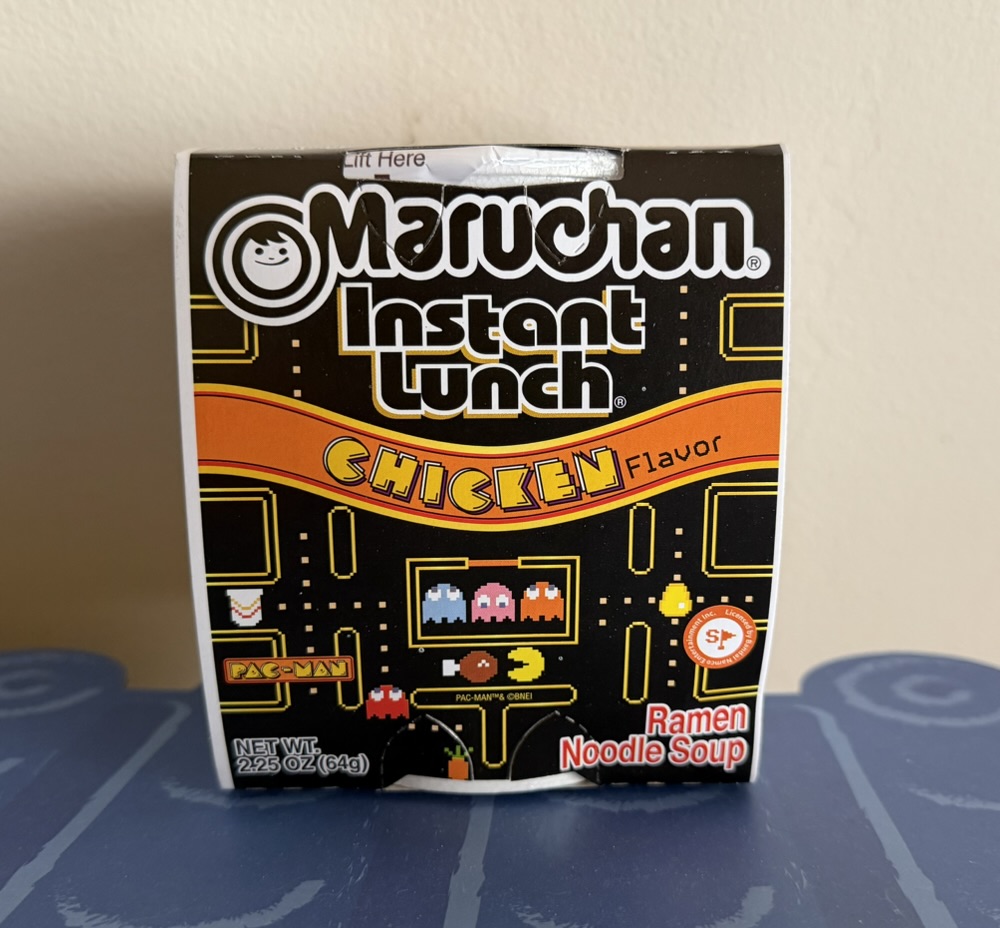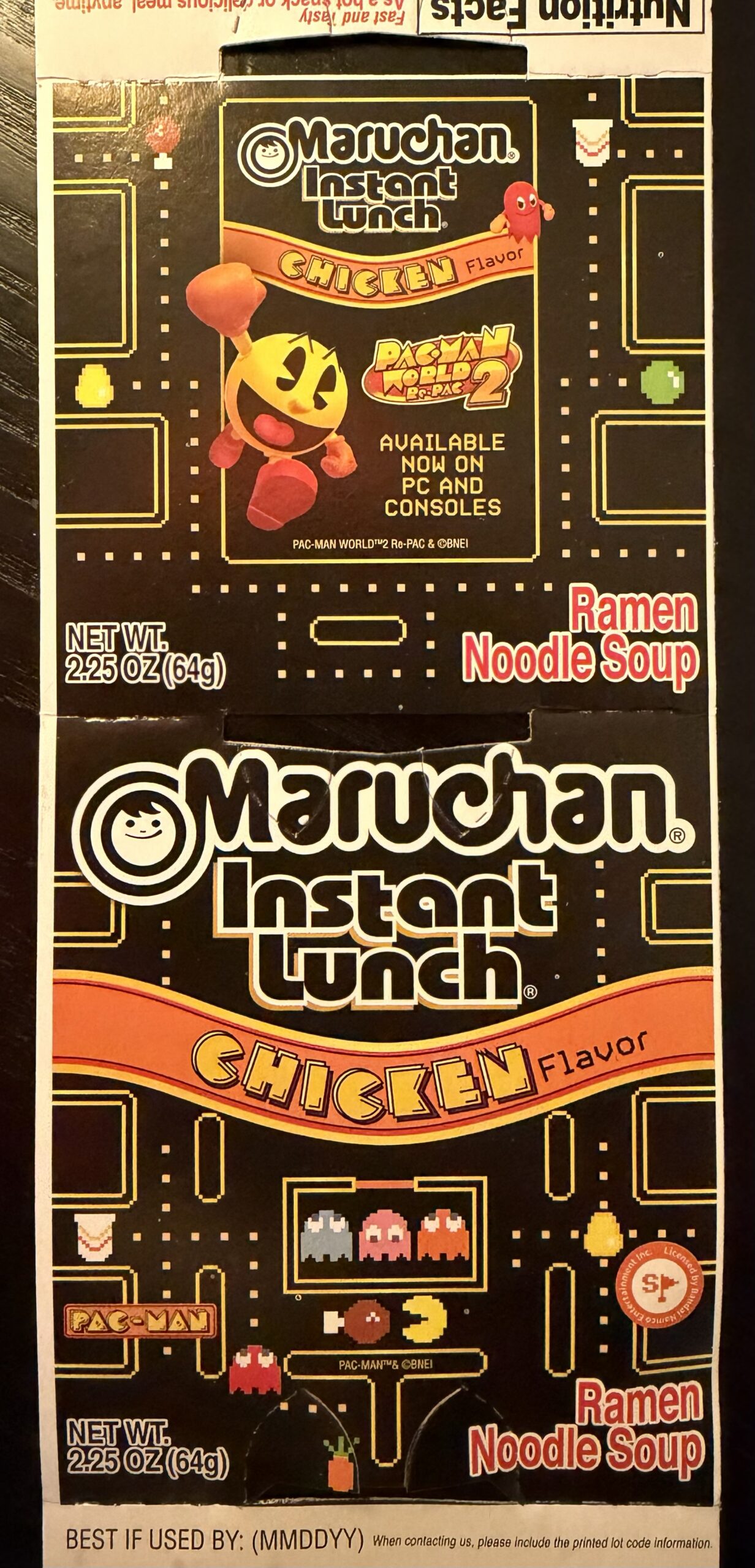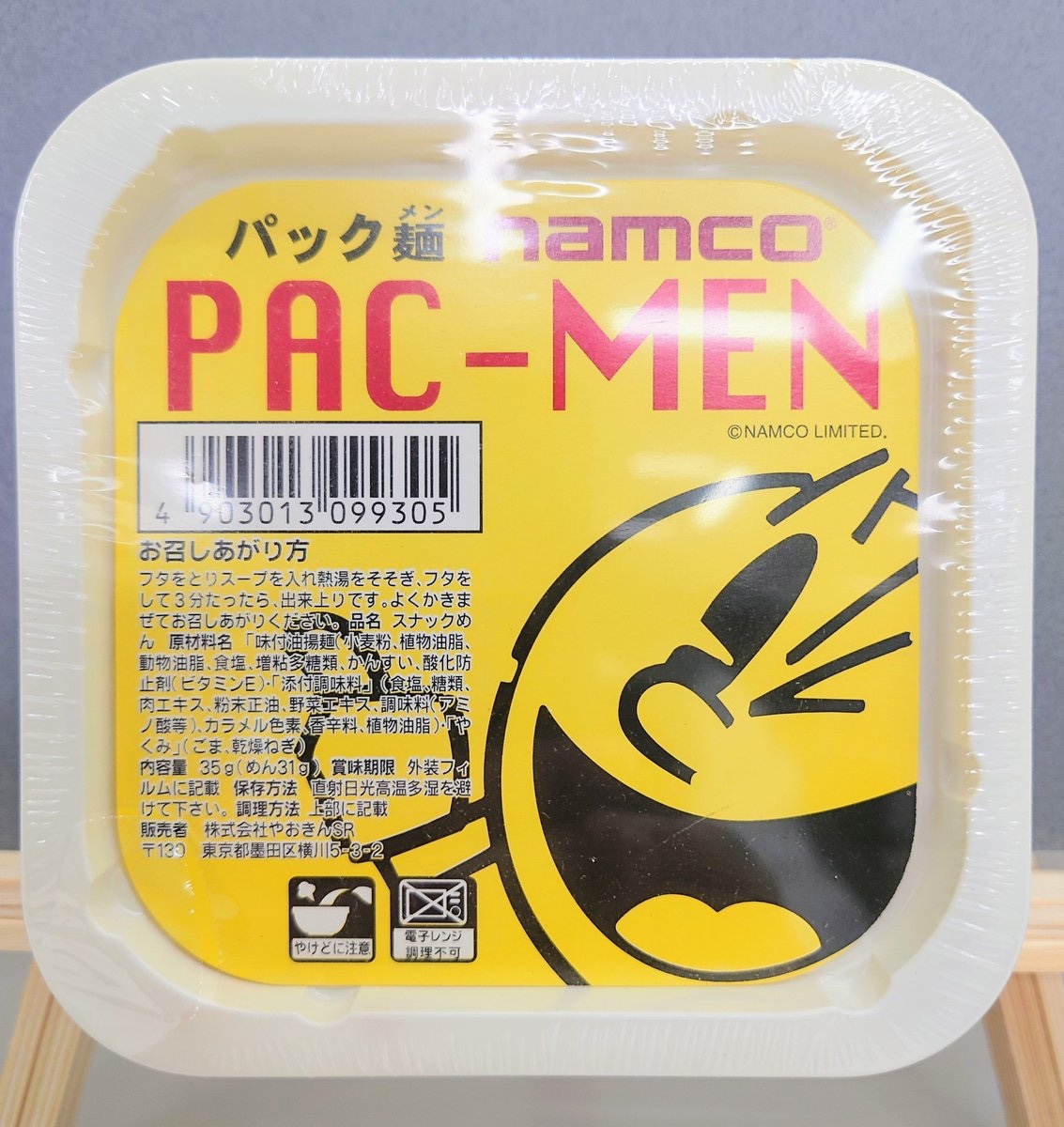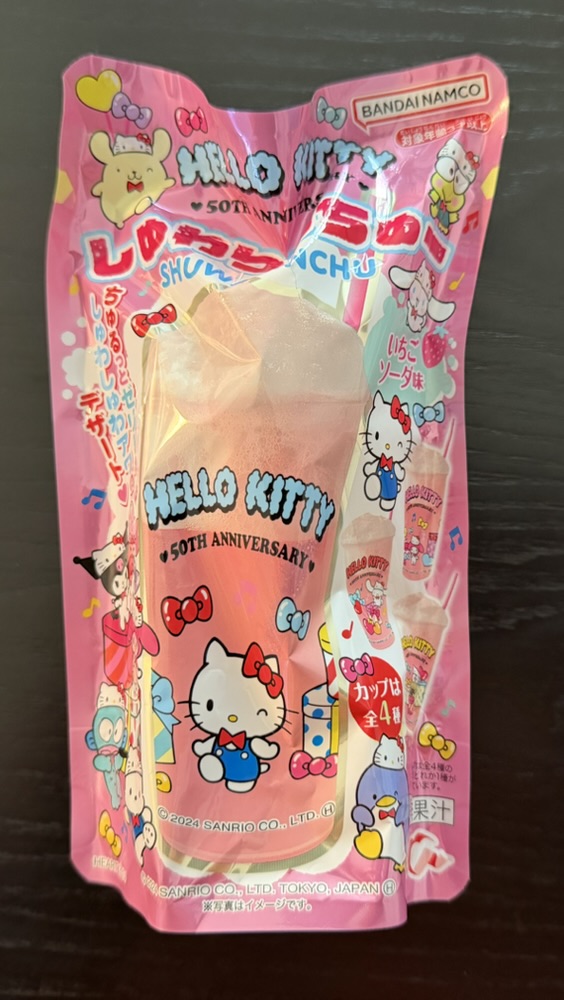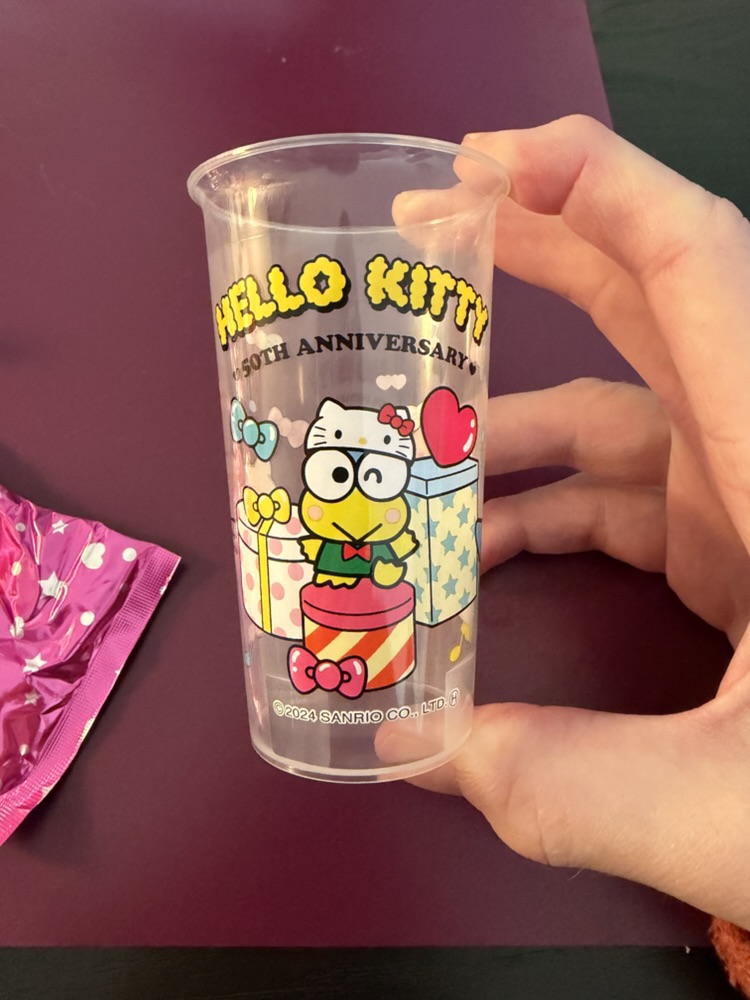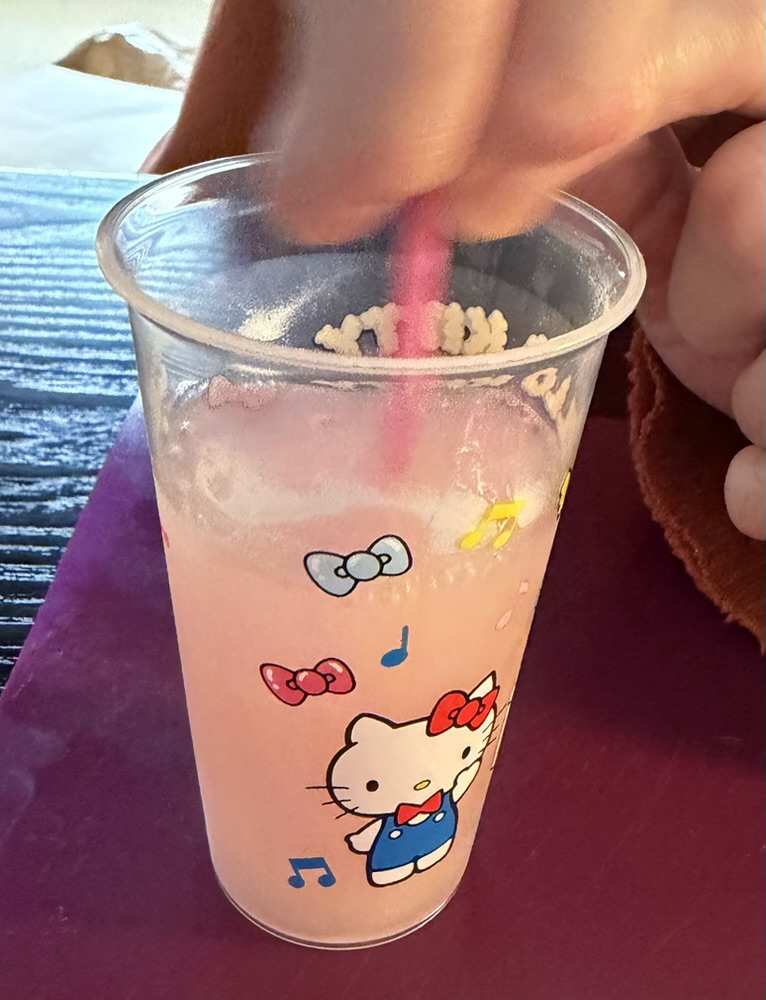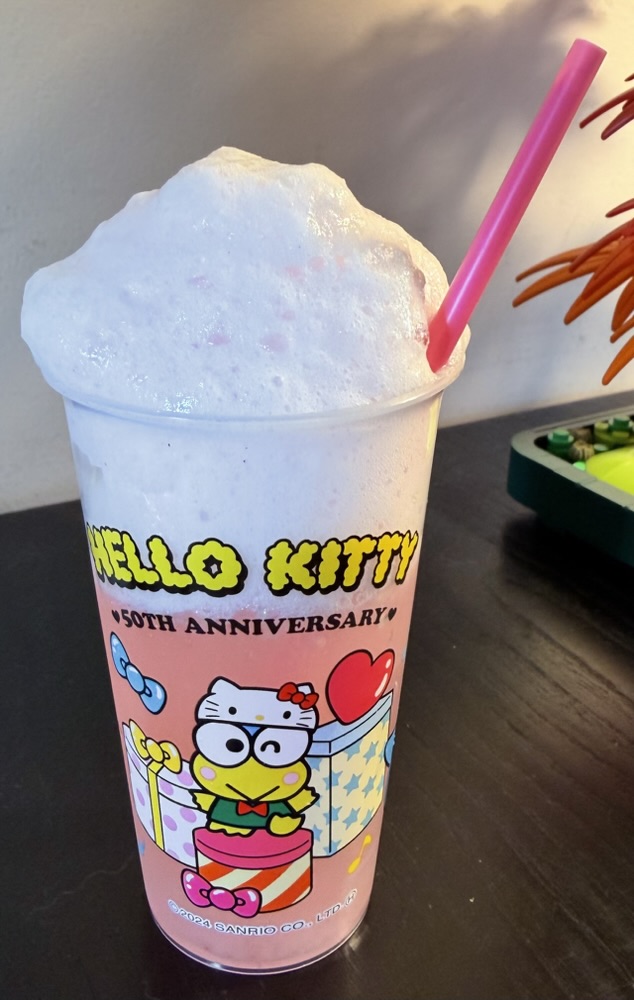Time for the annual five-word reviews of all the movies we saw this year.
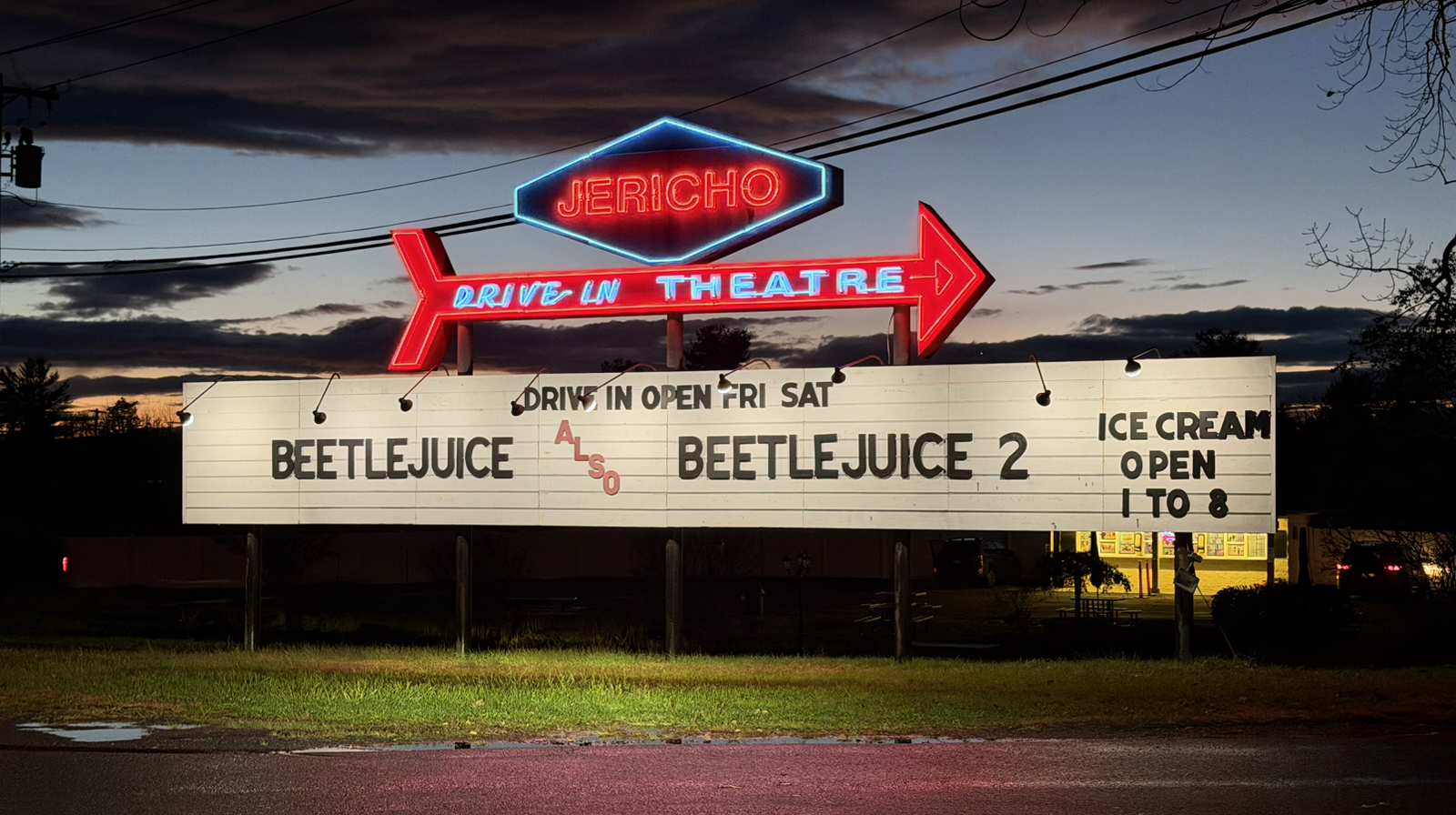
All but one of these were at drive-ins, about half at the local one where we have a season pass, and the other half at the one with four screens a half hour away. This second drive-in had two festivals this year: a two-month long series of classic fantasy/sci-fi films and the annual horror weekend, hence the large amount of older films in the list this year.
As usual some films have more than one review either because we saw them more than once or because we couldn’t decide on just one review 🙂

Minecraft – Monkeys could make better films.
Episode III: Revenge Of The Sith – “Anakin you’re breaking my heart!”
Captain America Brave New World– He’s not really Captain America.

Thunderbolts* – All Bobs have dark sides.
Sinners – A wonderfully original vampire film.
Lilo & Stitch – Would be better without Lilo.

Karate Kid Legends – The Karate Kid Universes ‘Endgame’.
Mission Impossible: The Final Reckoning – This film insulted my intelligence.
How To Train Your Dragon – Second best Monster Hunter film.

Megan 2.0 – Good film about bad robots.
Jurassic World Rebirth – A kaiju film in disguise.
Jurassic World Rebirth – Film is a pee break.
Jurassic World Rebirth – Franchise is just fantasy now.
Attack Of The 50 Foot Woman – Five minutes of big lady.

Barbarella – The quintessential ‘space babe’ film!
The Smurfs – A smurfy piece of smurf.
Superman – My least favourite Superman film.
Superman – Where the smurf is Geralt??!

Fantastic Four: First Steps – Should have been more fantastic.
Fantastic Four: First Steps – More enjoyable on second viewing.
Freakier Friday – Funny and full of charm.
Weapons – Well made original horror film.
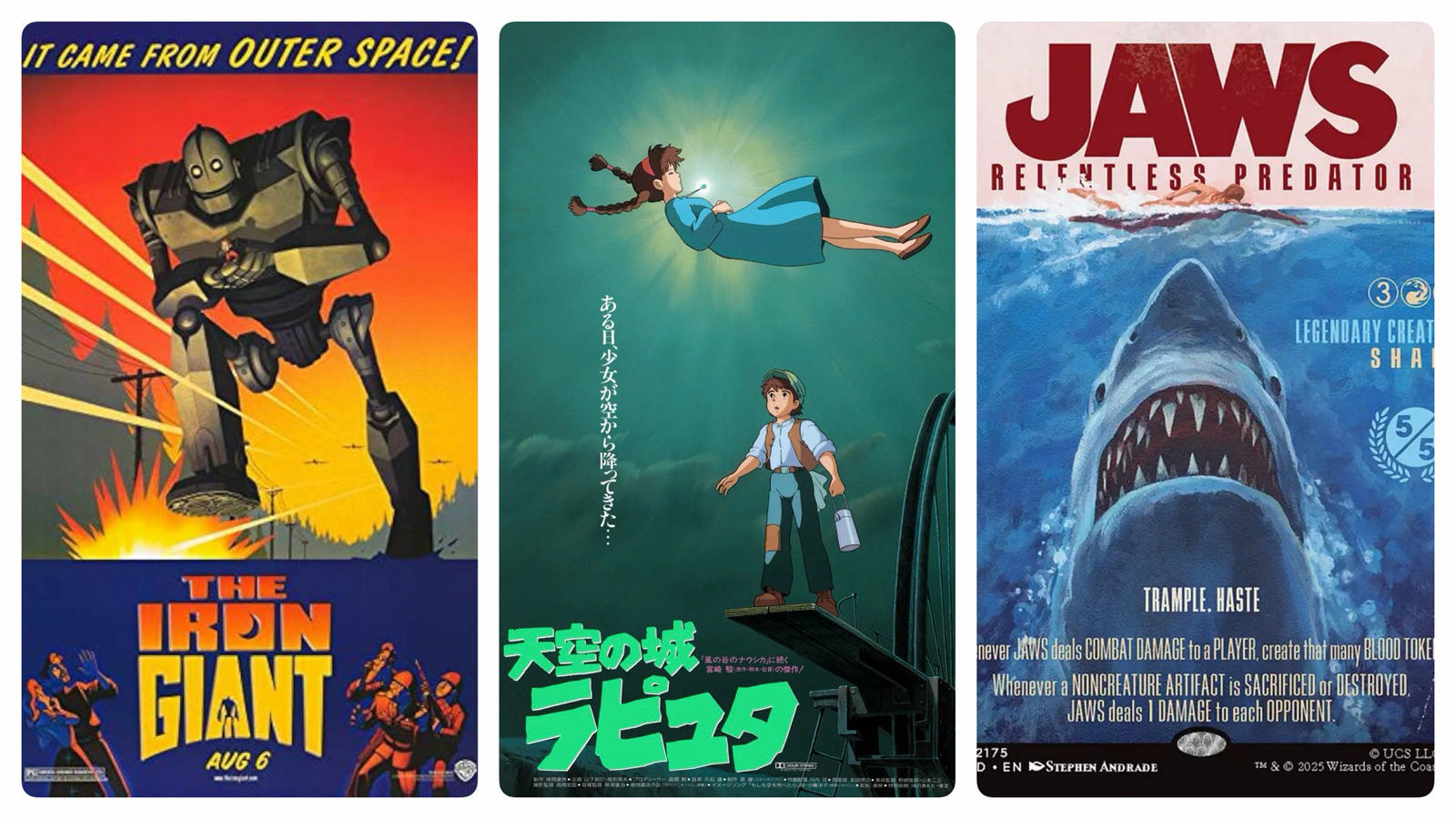
The Iron Giant – Deserving of all its accolades.
Castle In The Sky – Ghibli films are always entertaining.
Jaws – The best film of 2025?

Hotspring Shark Attack – Made by and for lunatics.
Blade Runner – The greatest ever sci-fi film.
Ghost In The Shell – The animation is just breathtaking.

The Conjuring Last Rites – Forgettable horror about con artists.
The Lost Boys – Somewhat dated but still fun.
Devil Times Five – Incoherent and boring 70’s trash.

Him – A good story told poorly.
Downton Abbey The Grand Finale – Time to end this series.
Taylor Swift: The Official Release Party Of A Showgirl – Guess I’m a ‘Swifty’ now?
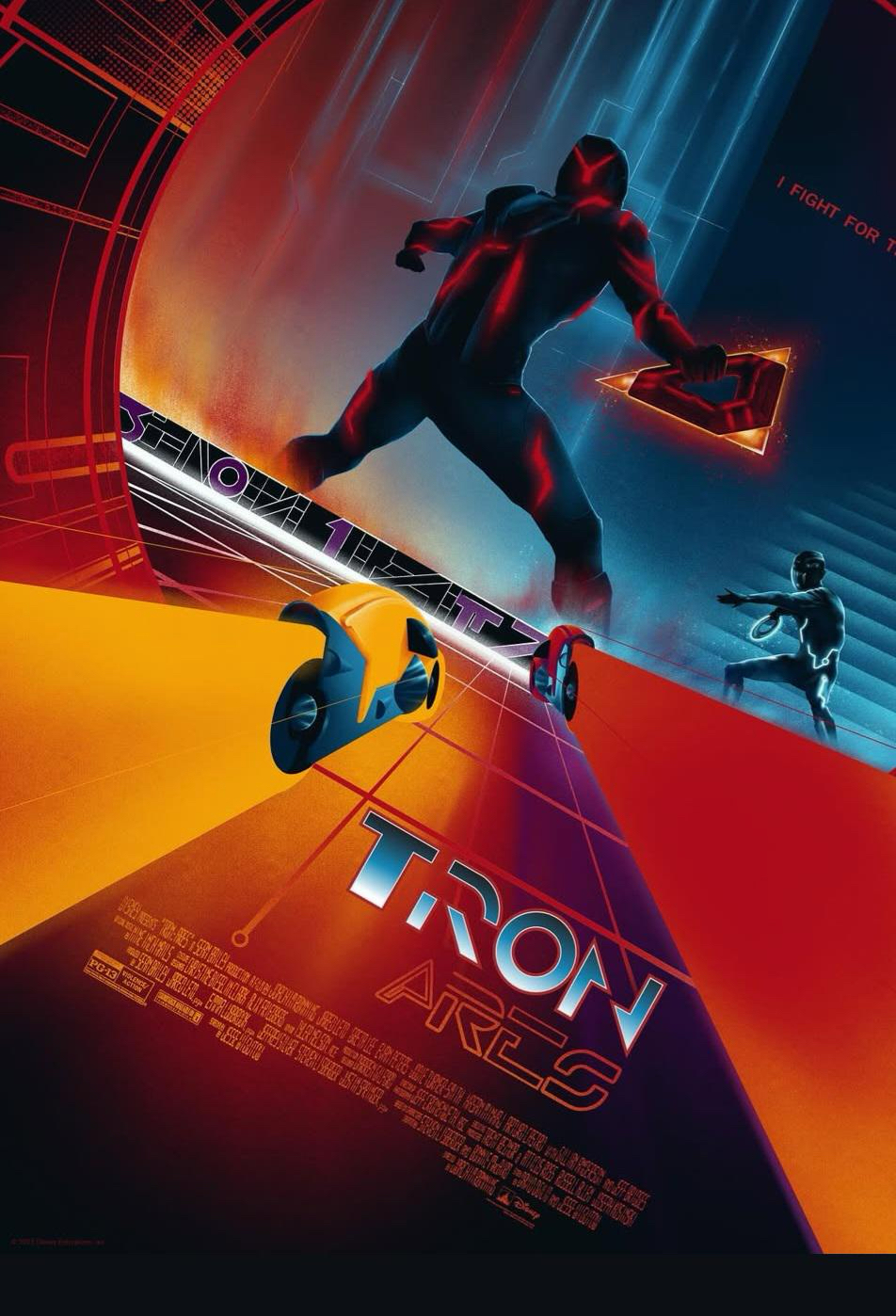
Tron Ares – A Tron film without ______?!
Tron Ares – The third best Tron film.
Tron Ares – There’s no bad Tron films.

Ghostbusters – Full of charm and creativity.
Ghostbusters 2 – Not as good as Ghostbusters.
Beetlejuice – Probably stranger than you remember.

The Rocky Horror Picture Show – Let’s Do The Time Warp Again!
The Polar Express – Tom Hanks plays every role.
Night Of The Living Dead – A night of living dead.
The drive-ins are both now closed, and it’s likely we won’t see another film until they reopen next year. Unless there’s something showing when we’re in Japan…
